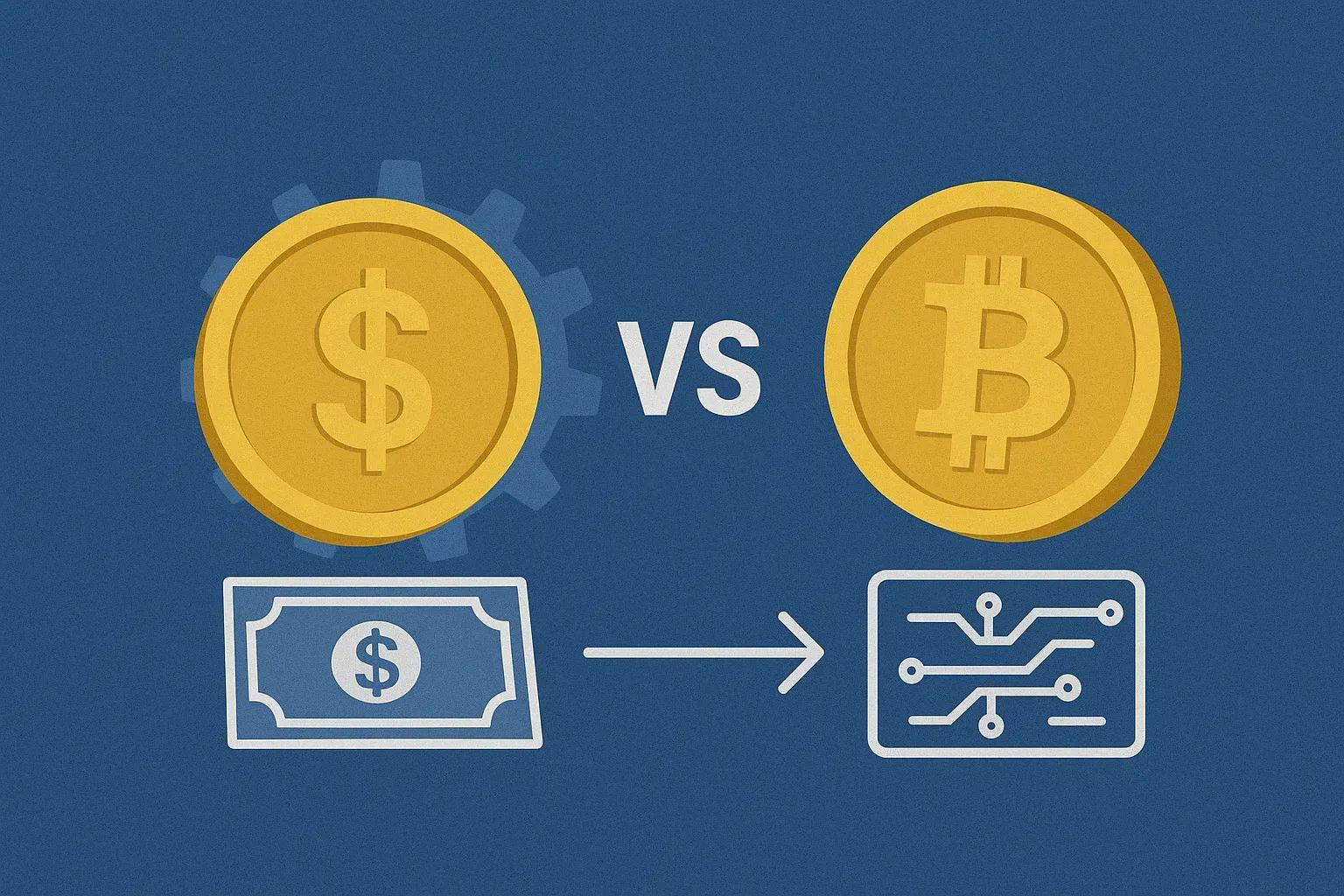In a country where the dollar has always been a refuge against inflation, exchange rate restrictions and the PAÍS tax have increasingly complicated access to the currency. In this scenario, thousands of Argentines found a digital alternative: stablecoins, cryptocurrencies that maintain parity with the dollar and allow for quick dollarization without going through the banking system.
What are stablecoins?
Stablecoins are cryptocurrencies designed to maintain a stable value, generally equivalent to 1 US dollar. Unlike Bitcoin, whose price can rise or fall sharply, stablecoins are pegged to the dollar and function as a “digital dollar.”
In Argentina, the most used are:
USDT (Tether)
USDC (USD Coin)
DAI
Why their usage is growing in Argentina
No ceiling or quotas: there are no monthly purchase limits.
Fewer taxes: there are no withholdings like those from credit card or savings dollar.
Immediate access: they can be bought on exchanges and digital wallets in minutes.
Protection against inflation: they safeguard savings from the devaluation of the peso.
More and more freelancers are getting paid in stablecoins for work done abroad, and many businesses accept payments in USDT or USDC as an alternative to cash.
- The risks behind the digital dollar
Not everything is an advantage. The massive use of stablecoins also poses challenges:
Lack of regulation: the legal framework in Argentina is still vague.
Technological dependence: they require internet access and a minimum understanding of cryptocurrencies.
Fund custody: if users rely only on exchanges, they risk exposure in case of hacks or blockages.
- Impact on the Argentine economy
The rise of stablecoins demonstrates a distrust in the peso and the traditional financial system. Their use is growing in both personal savings and commercial transactions: from rent and services to everyday expenses.


Comments